In palmistry, hands are divided into two main groups based on their shape: square hands and oblong hands. To identify your hand shape, mentally remove all your fingers, including the thumb, and observe the palm. This method allows you to determine whether your hand is square or oblong—an essential step in uncovering personality traits through palm reading.
Looking at both hands is also important. For right-handed people, the right hand reflects their practical, real-life traits, while the left hand reveals their innate abilities, talents, and imagination. For left-handed people, these roles are reversed.
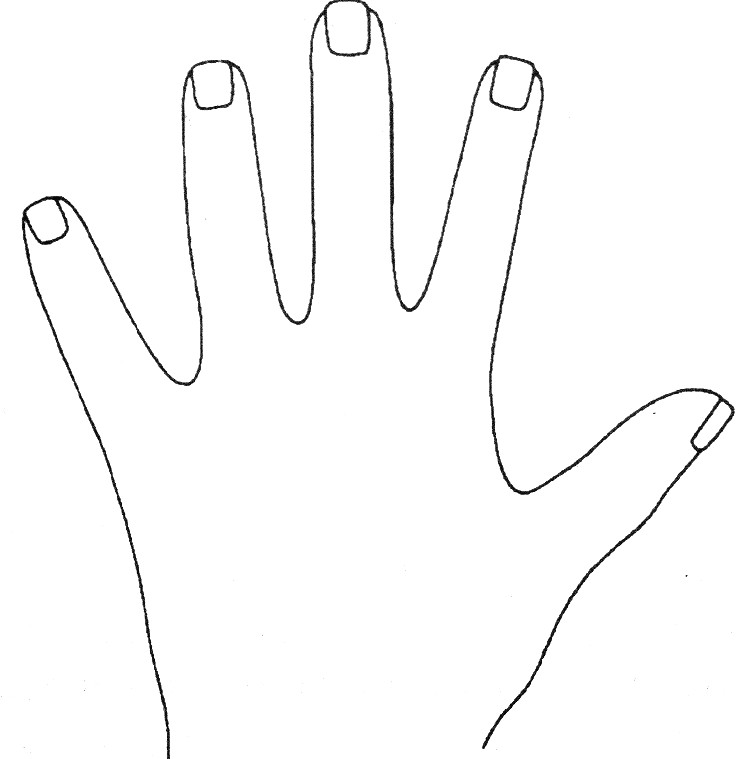
Square Hands
If the palm is square-shaped, it reflects a practical and grounded personality. People with square hands are energetic, resilient, and capable. They enjoy staying busy and thrive on work that requires persistence and physical stamina. Realistic and logical, they make decisions based on clear evidence rather than speculation. These individuals are excellent workers, willing to put in long hours when necessary, and they approach life with practicality and determination.
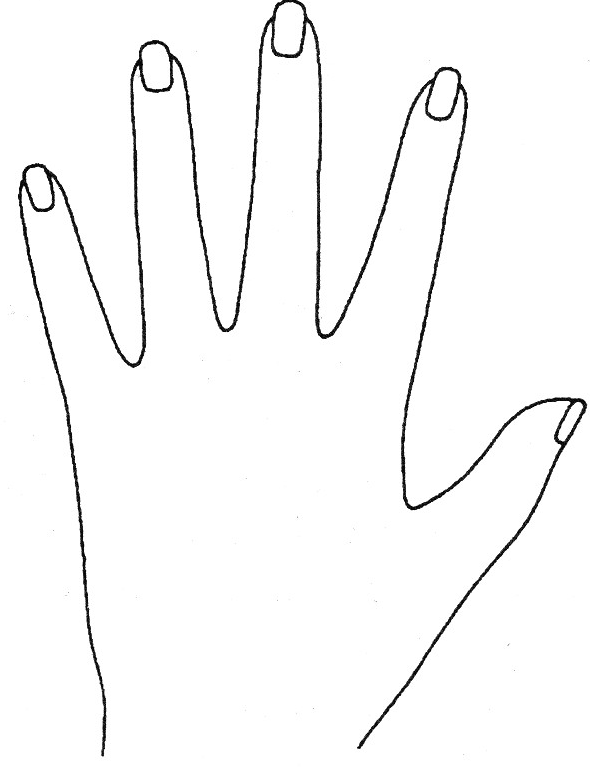
Oblong Hands
An oblong-shaped hand suggests a dreamer with a creative spirit. These individuals often immerse themselves in fantasy and approach everything they do with a touch of originality. They need variety and opportunities for creative expression in their work. Without this, they may lose interest and retreat into a world of daydreams. While they often have brilliant ideas, they may face challenges in putting those ideas into practice.
In palmistry, analyzing the shape of the hands is fundamental to understanding a person’s character and destiny. However, not every hand can be confidently categorized as square or elongated. It’s impossible to divide humanity into two strict groups, as many people have hands that don’t fit neatly into either category.
For instance, a person may have a square-shaped palm with an outer edge that is rounded and almost circular. Such a hand would still be considered square. You may have come across other systems for classifying hands in the past. One classical system divides hands into primitive, practical, philosophical, conical, and psychic types. This system was developed by the renowned French palmist D’Arpentigny in the late 18th century. It was particularly relevant to that historical period, when people were more easily categorized based on their social status and lifestyle.
For example, a peasant’s hand was typically classified as elementary, while an aristocrat’s hand was more likely to have an elegant, conical shape. Today, far fewer people work in agriculture, and our hands have evolved to reflect modern lifestyles, making D’Arpentigny’s classification system largely outdated.
Nonetheless, it’s worthwhile to familiarize yourself with this system, as you may occasionally encounter individuals whose hands fit perfectly into one of these categories. Understanding the traditional classifications can provide valuable insights, even in today’s world, where hand shapes are much more diverse.
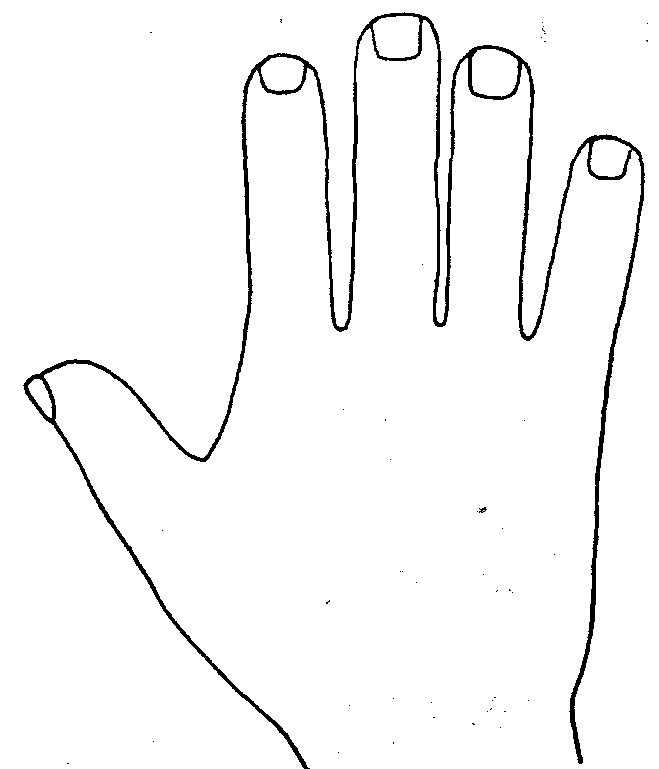
Elementary Hand
Elementary hands have a square palm, short and thick fingers, and coarse skin. The palm usually has only a few lines—sometimes as few as three. These hands indicate a simple, instinct-driven personality. Individuals with primitive hands focus on basic needs, showing little interest in intellectual or emotional pursuits. They are often stubborn and struggle to express their thoughts and feelings. However, as long as their basic needs are met, they are content and accepting of life as it is.
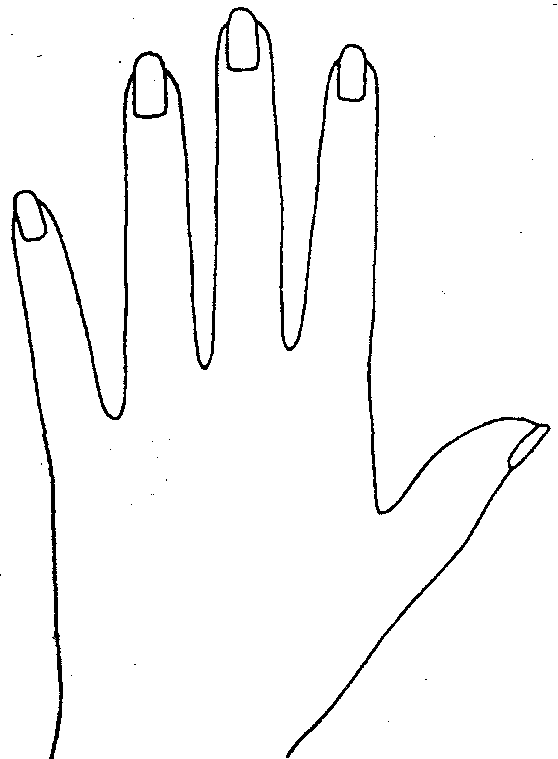
Conic Hand
Conical hands are characterized by an elongated palm and slender, tapering fingers with rounded tips. The skin is soft, giving the hand a refined, delicate appearance. These hands belong to artistic and aesthetic individuals who are deeply imaginative. They thrive in harmonious environments and have a strong aversion to vulgarity or crudeness. People with conical hands often excel in artistic pursuits but may struggle with practicality or routine.

Psychic Hand
Psychic hands are long, narrow, and graceful, with thin, delicate fingers. These hands reflect an intuitive and idealistic nature. People with psychic hands often live in their imagination, preferring abstract or spiritual pursuits over practical concerns. This hand type is common in Eastern cultures, particularly in India, but rare in the West. While they are highly sensitive and intuitive, they may find it difficult to navigate the demands of everyday life.
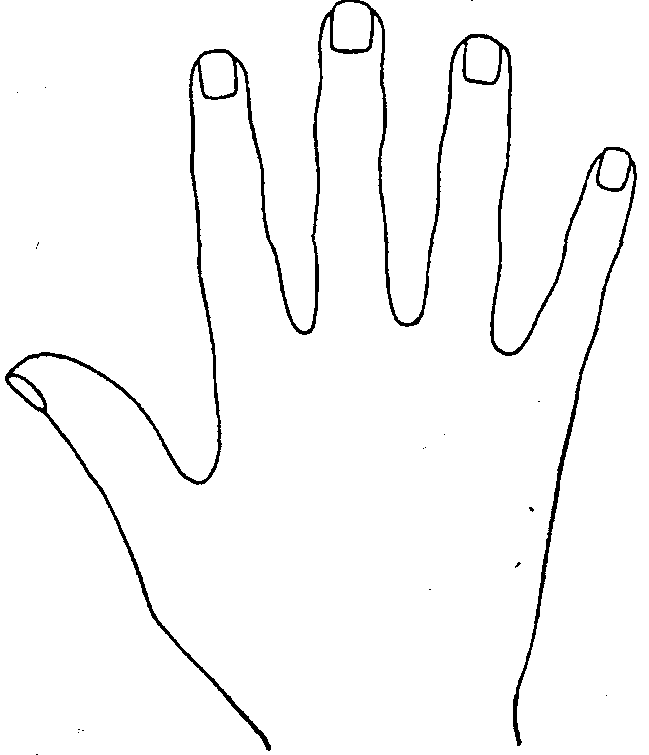
Philosophic Hand
Philosophical hands have square palms and long, knotted fingers with prominent joints. This hand shape reflects a thoughtful and analytical personality. These individuals enjoy deep thinking and critical analysis, often seeking to understand the “why” behind things. The prominent joints symbolize their tendency to carefully examine every idea before making a decision.
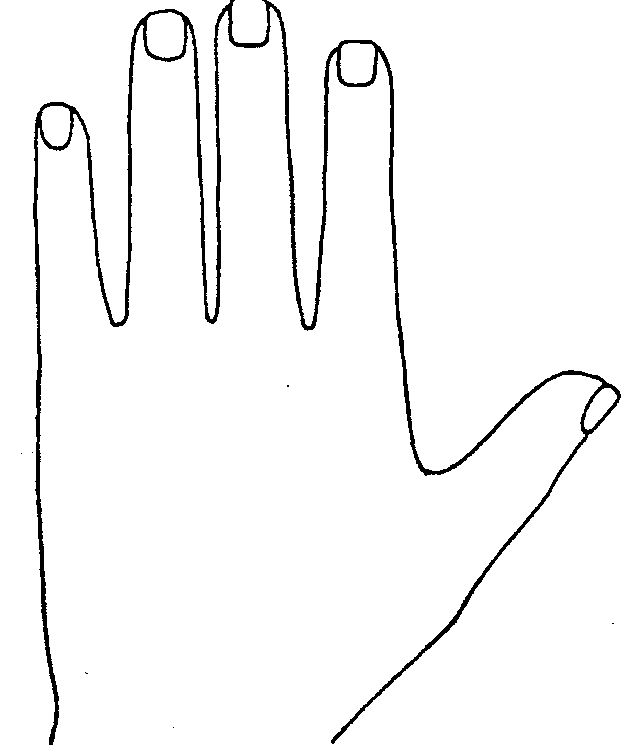
Mixed Hands
Most people’s hands do not fit perfectly into one category. These mixed hands combine features of different types, reflecting a blend of traits. For example, a hand might have a square palm but conical fingers, indicating a balance between practicality and creativity. Understanding these combinations adds depth to palmistry readings.
Combining Palm and Finger Length in Palmistry
Once you’ve determined the shape of the palm—whether square or oblong—the next step in palmistry is to analyze the fingers. Finger length can be classified as long, short, or medium, and understanding this detail provides deeper insights into a person’s character and behavior. For beginners in palm reading, identifying finger length may take practice, but with experience, it becomes easier to determine at a glance.
Fingers are considered long if, when bent, the tips reach a point equal to seven-eighths of the palm’s total length. However, there are exceptions to this rule, as the flexibility and proportions of hands vary. For example, someone with a long palm might also have long fingers, even if the fingers appear to reach only halfway down the palm. Over time, you’ll develop the ability to assess finger length intuitively.
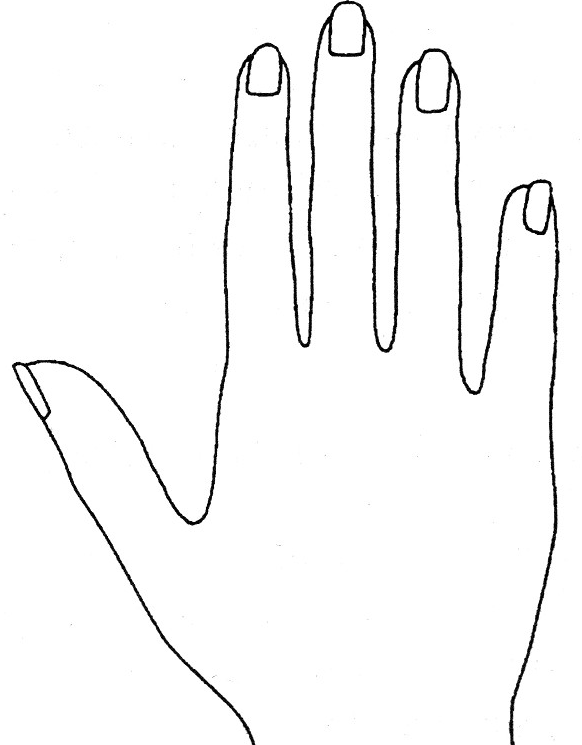
Long Fingers
People with long fingers tend to pay close attention to detail. They enjoy tasks that require precision, patience, and focus. Their thorough nature makes them excel in activities that involve meticulous work, and they take pleasure in refining small details.
However, they may lose interest in projects that are overly simple or monotonous. For individuals with long fingers, their work needs to be stimulating and engaging to maintain their attention.
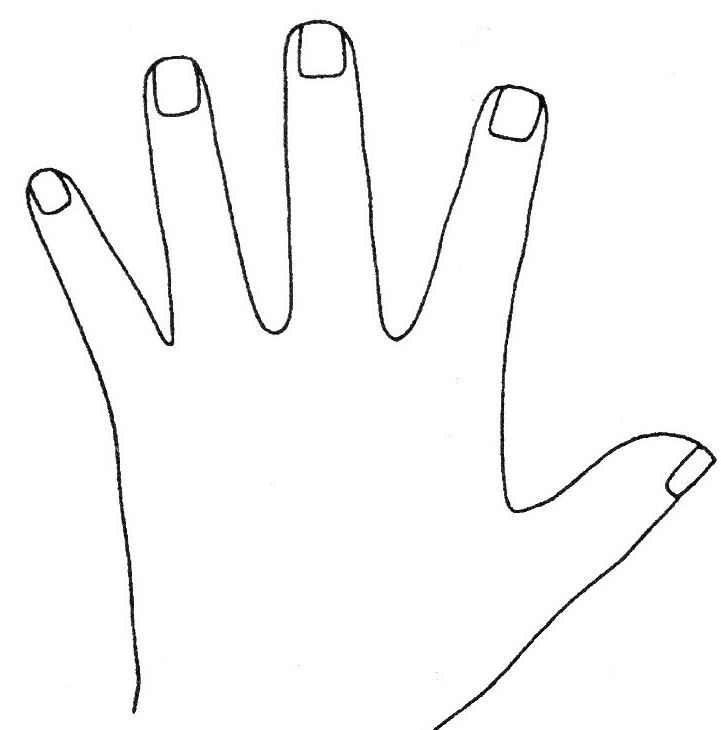
Short Fingers
Short fingers are the opposite, indicating someone who focuses on the bigger picture rather than small details. These individuals are often impatient and prefer swift results. They tend to dive into multiple projects simultaneously and frequently start new endeavors before finishing the previous ones.
Such individuals value speed and efficiency, often taking on broad tasks while leaving the details to others. However, their impulsiveness can lead to challenges, such as unfinished projects or hasty decisions. They are energetic and versatile, often described as “jack-of-all-trades.”
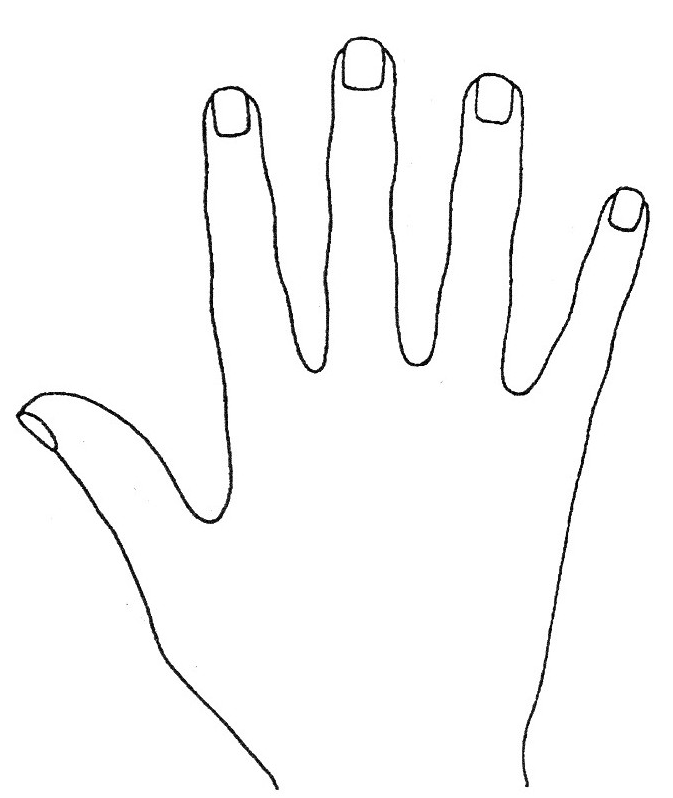
Medium-Length Fingers
People with medium-length fingers fall between the two extremes. They are adaptable, showing patience when required but not overly focused on details. These individuals are capable of balancing thoroughness with decisiveness.
If deeply interested in a subject, they’ll explore it in depth, striving to master every detail. However, if their interest is fleeting, they’re content with surface-level understanding. This balance allows them to approach tasks with flexibility, making them well-rounded and versatile.
The relationship between palm shape and finger length reveals a deeper understanding of a person’s character. Whether the fingers are long, short, or medium, their length adds nuance to palm reading by highlighting preferences for detail, speed, or balance. Mastering this aspect of palmistry provides essential clues to interpreting individual tendencies and personality traits, further enriching the art of hand reading.
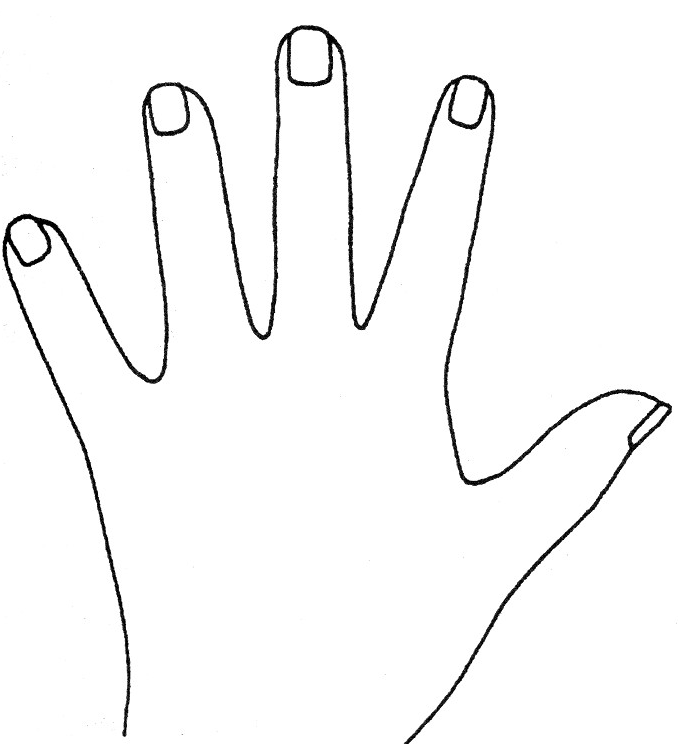
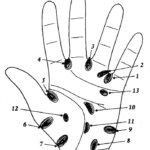
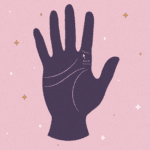
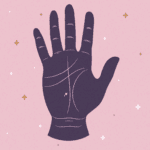
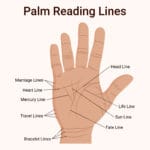
Leave a Reply